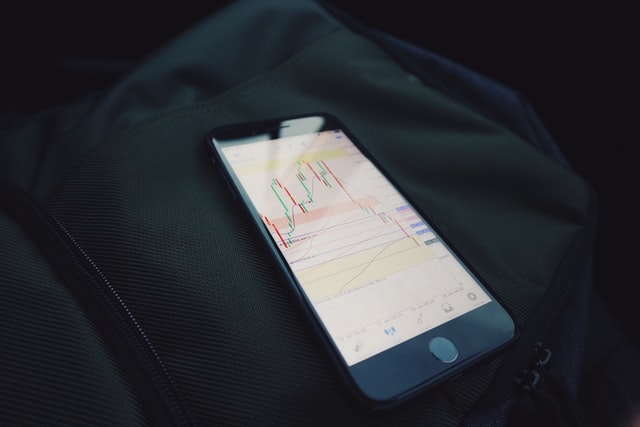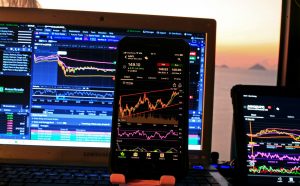CFD Trading
What Are the Risks Associated with CFDs?

CFDs (contracts for differences) are engagements made in a futures contract whereby variations in payments are done via currency settlements rather than using securities or provision of physical goods.
In economics, CFDs are considered to be leveraged products. This implies that there is a likelihood of profits corresponding to that of the fundamental asset or market with a small preliminary investment. Intuitively this is an apparent investment for any proficient trader.
Unfortunately, marginal exchanges can affect both profits and losses. This is why CFDs appeal more to day traders who can utilize leverage to exchange assets that are more expensive to purchase and sell.
However, CFDs are risky because they theoretically lack liquidity, and the industry does not adequately control them. The obvious benefits of CFDs hide the accompanying risks which people tend to overlook. Let’s take a look at the risks allied to CFDs.
The Risks Associated with CFDs Include:
Market Risk
CFDs are derivative assets that traders use to gamble on the movement of fundamental assets such as stocks. If you are confident that the fundamental investment will surge, then you pick an extended position.
On the other hand, you can also hold a short position if you’re certain that the asset’s value will drop. All you can do is trust that the asset’s value will move in the direction that’s most ideal for you. Unfortunately, even the most skilled investors get it wrong sometimes.
Changes in market settings, unforeseen data, and government rules can cause rapid changes. Due to the nature of CFDs, even the most minor shift can have a massive effect on profits.
A negative effect on the value of the fundamental asset can make the supplier demand a second margin settlement. If the margin settlements are not made, it means you will have to trade at a loss, or the supplier will close your position.
Counter Party Risk
The counterparty is the firm that supplies the asset in a monetary transaction. So when you’re purchasing or selling a CFD, the only asset which you will be trading is the contract provided by your CFD supplier.
This exposes you to the supplier’s other counterparties, which includes the other customers that the CFD supplier is working with. The accompanying risk is that your CFD supplier fails to live up to their financial responsibilities.
If the CFD supplier fails to meet their responsibilities, then the value of the fundamental asset is no longer significant. It’s vital to note that the CFD industry is not adequately regulated, and the supplier’s integrity is based on their experience in the industry, status, and monetary position rather than liquidity or government certification.
Liquidity Risk
Market circumstances impact many monetary deals and they can increase the possibility of misfortunes. For instance, when there aren’t adequate trades being implemented in the market for a fundamental asset, your current contract can become solid. At this stage, a CFD supplier will demand extra marginal settlements or finalize the contracts at substandard prices.
Client Money Risk
In states where CFDs are authorized, several client money protection guidelines shield you from potentially dangerous practices of CFD suppliers.
According to the guidelines, the amount you transfer to the CFD supplier must be separated from your cash to prevent the supplier from hedging their own investments. Nonetheless, the rules do not forbid your cash from being combined into one or more accounts.
When a contract is done, the supplier draws a direct payment and has the right to draw more gains from the joint account. In addition, if other clients in the account fail to make the margin payments, the supplier has a right to draft from the account, which can affect your profits.
Gapping
Due to the rapid nature of monetary markets, the price of a CFD can drop prior to your trade being completed at a formerly confirmed price. This is known as gapping, and it means that you would have to settle for below-par profits to cover any losses suffered by the CFD supplier.
Final Thought
To sum it all up, when trading CFDs, you can help alleviate obvious risks using stop-loss orders. Some CFD suppliers will provide you with a definite stop loss which is in a sense; a preset price that can finalize the contract when managed.







